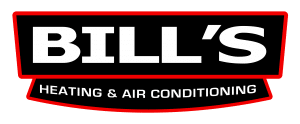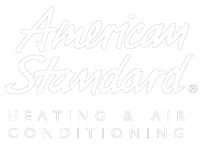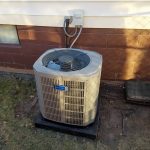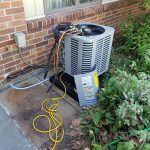11 AC Repair Basics to Help You Avoid Being Clueless
Be in the know with these common AC repair terms
We’ve all been there. The AC repair guy comes to check out your air conditioner and starts talking about coils, condensers and other things you’ve probably never heard of. He might as well be speaking another language. Do you ask what he means, fearing he might take advantage of your ignorance and try to sell you things you don’t need? Or do you just nod your head and pretend you understand, hoping you’ll never need to? With a few basic terms under your belt, you can understand some AC basics—and arm yourself with a little more confidence.
Of course, if you have a reputable company servicing your air conditioner, you shouldn’t have to worry about being taken advantage of. But who wants to feel ignorant? Below are 11 basic AC repair terms I’ve compiled to help you speak “AC Repair.”
AC
If you found this article, you probably already know that AC stands for Air Conditioning. It’s normally considered the ‘cooling’ part of your HVAC system. But to make things confusing, the term “air conditioning” is also sometimes used to describe any system that conditions the air, whether cold or hot.
HVAC
HVAC is sometimes used interchangeably with AC. However, HVAC refers to the entire heating and cooling system of a home—Heating, Ventilation (for your kitchen, bathroom, and dryer) and Air Conditioning.
Refrigerant
Also known as coolant, refrigerant is the liquid that helps transfer or remove heat. Freon is a common refrigerant. (A lack of refrigerant due to a leak is a common cause when air conditioners no longer seem to cool properly.)
“Checking the charge”
This is when your repair guy puts gauges on your system to measure the pressure of the refrigerant to see if you have the right amount.
Air Handler
If you have a split system air conditioner (i.e., one component indoors and one outdoors), this is the indoor component that conditions and circulates air. A blower, furnace, filter, and evaporator coil are generally considered part of the air handler.
Air Filter
The air filter (in your air handler) prevents dust and other particles from entering the machinery and blowing into your home. (A clogged filter reduces efficiency and increases electricity use.)
Evaporator
The evaporator in your indoor unit basically removes heat from the air needing to be cooled. It forces liquid coolant to turn into a gas by allowing it to absorb heat and swiftly vaporize. The evaporator is part of the continuous system of coolant transfer that also includes the condenser and the compressor in your outdoor unit.
Evaporator Coil
Part of the evaporator, the evaporator coil draws out heat and moisture from the gas as it flows over it. The gas then travels to the Condenser.
Condenser
The condenser, or “heat exchanger” is the outdoor unit of your air conditioning system.
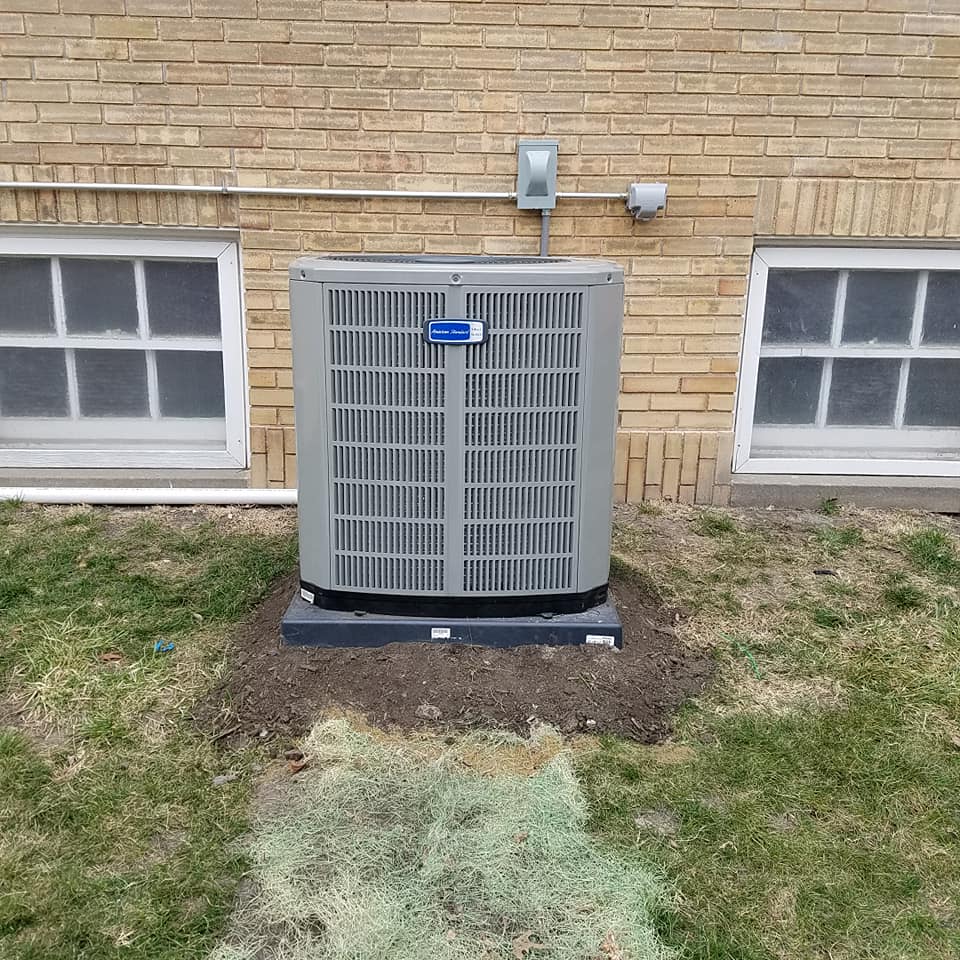
The compressor is part of the condenser assembly. It compresses the gaseous refrigerant, which raises the refrigerant’s temperature, so that changes it into a high-pressure gas. The high pressure forces the refrigerant through a line that leads to the condenser coil.
Condenser Coils
These coils cool the refrigerant gas so that it condenses into a liquid. (The fan on top of the outdoor unit blows air over the cold condenser coils, causing the refrigerant inside to lose heat.) This is where the refrigerant releases much of the heat it absorbed from your home. Now that the gas has turned to liquid, it then goes back to the indoor unit and the cycle starts again.
No one expects you to be an air conditioning expert, but it can help to know the basics. Hopefully now that you speak some “AC repair,” your next visit from the repairman will be a little less confusing. Remember, you can always count on Bill’s Heating & Air Conditioning to be upfront and honest about your repair needs. Call (402) 477-1371 or contact Bill’s online to schedule a visit today!
